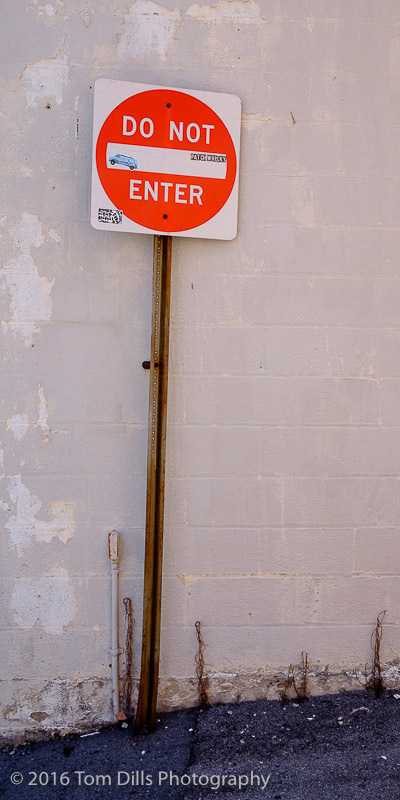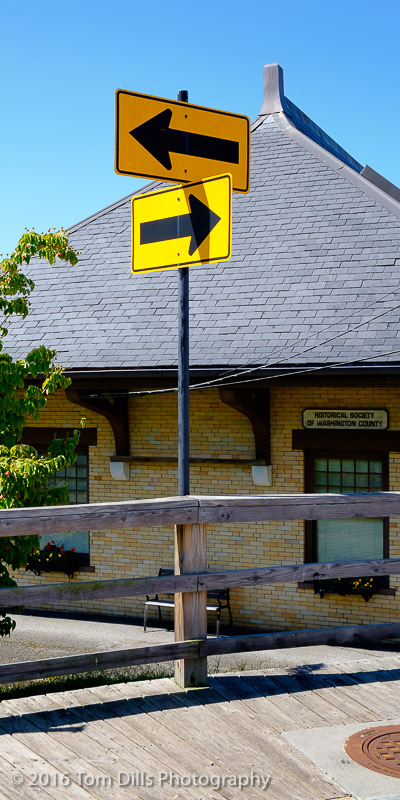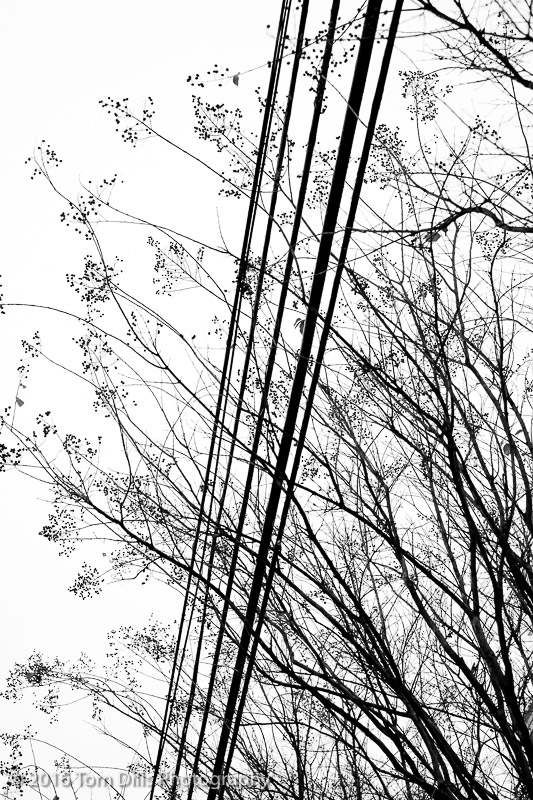 Kathy & I found ourselves in Winston-Salem, NC this past weekend. Sunday turned out to be dark and rainy, which made it a perfect chance to slip into something more monochrome. Story to follow in a future post, but I did shoot some in color, too!
Kathy & I found ourselves in Winston-Salem, NC this past weekend. Sunday turned out to be dark and rainy, which made it a perfect chance to slip into something more monochrome. Story to follow in a future post, but I did shoot some in color, too!
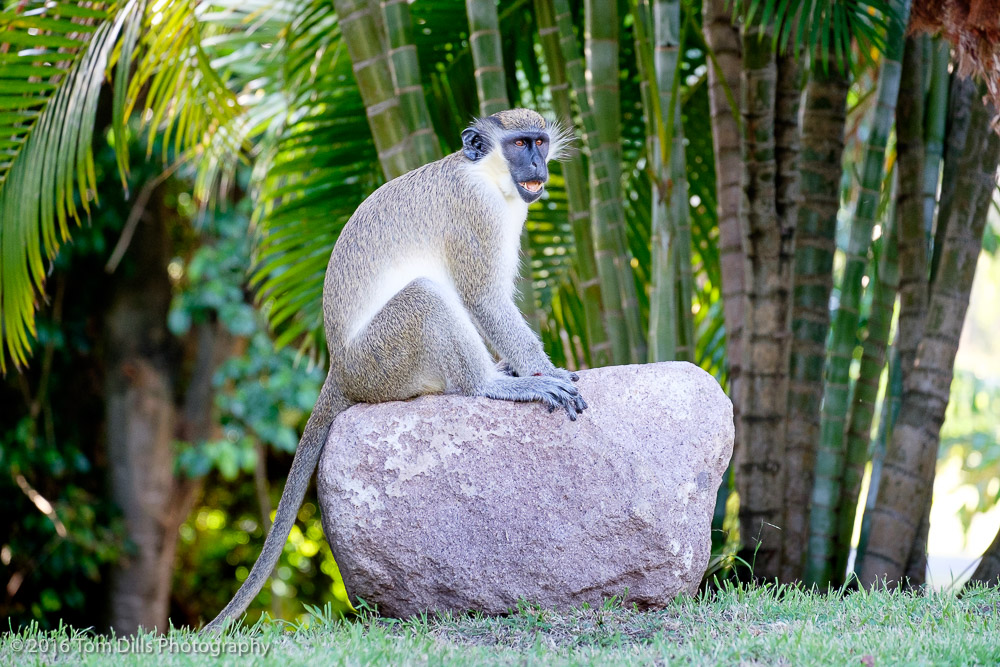
One of the things that Nevis is known for is being home to the Green Vervet Monkey. The population of monkeys is said to exceed the population of people by at least 2X. They have lived on the island since being brought over by the French as pets in the 17th and 18th centuries. Over the years they have formed wild colonies and exist throughout Nevis, St. Kitts and Barbados.
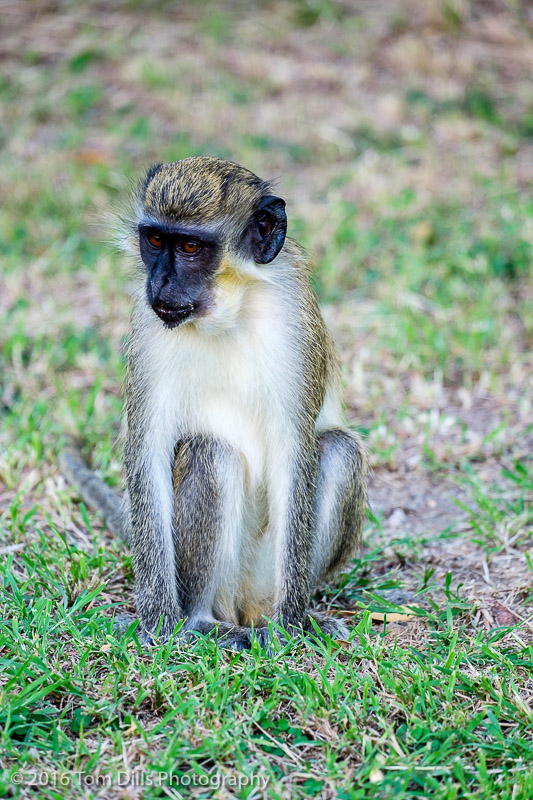
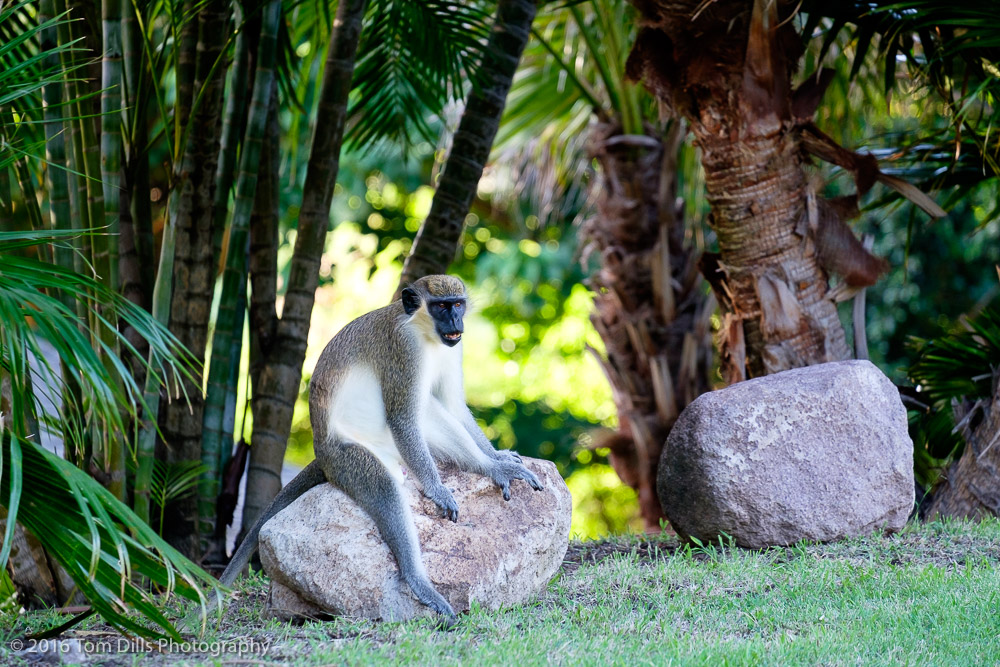
One of the most reliable places to spot monkeys is on the golf course at the Four Seasons. During our visit, we took a golf course tour hoping to see the monkeys. And see we did!
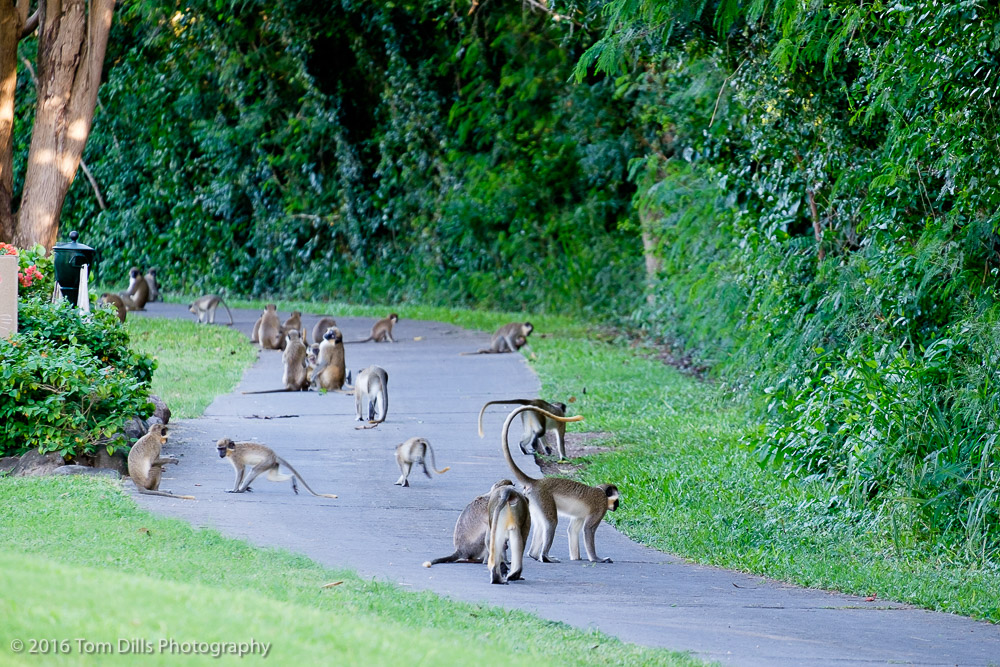
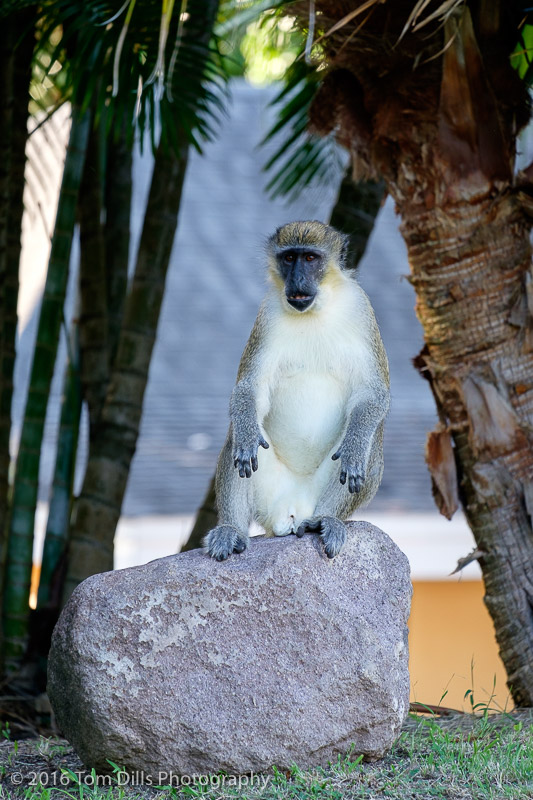
While generally harmless, they are wild animals and can become aggressive when there is food around. As is too often the case, someone on our tour decided to bring bananas and managed to feed some to the monkeys before our guide noticed. She was not pleased.
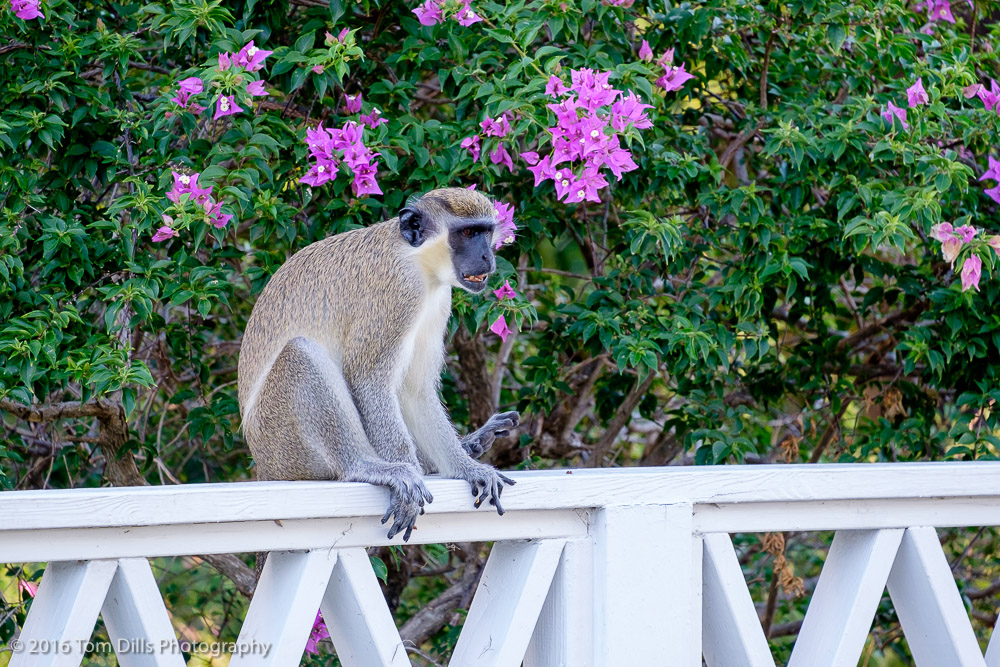
The biggest problem with the monkeys is that they tend to eat crops, especially favoring mangos and other fruit. And instead of eating the whole fruit they’ll take a bite and throw the rest away. We were told that farmers will go to great lengths to protect their crops from these invaders.
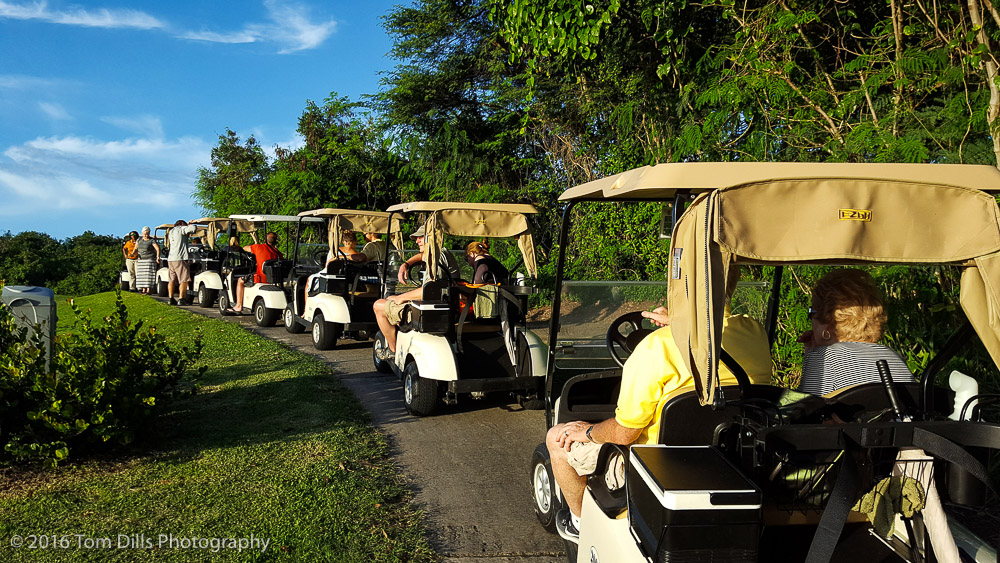
So while these are mostly tourist photos, they help illustrate the story, and provide another educational element of travel! 😉
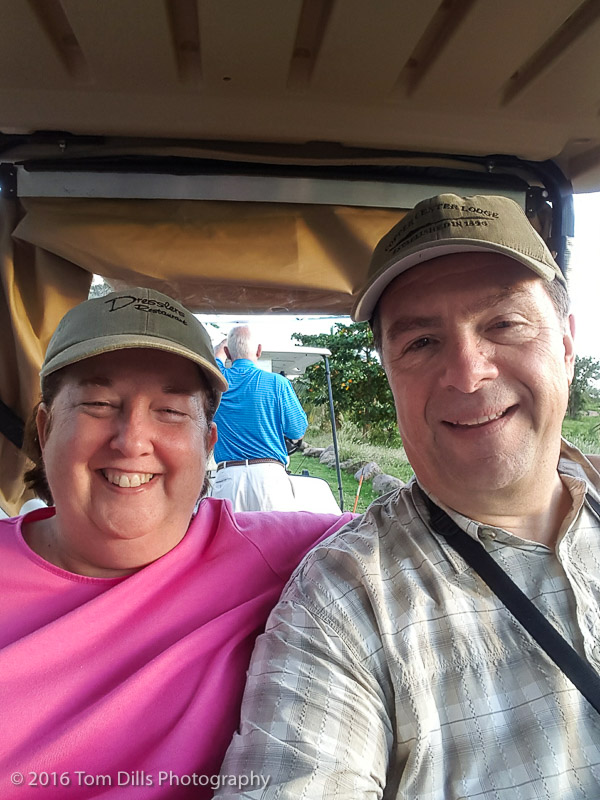
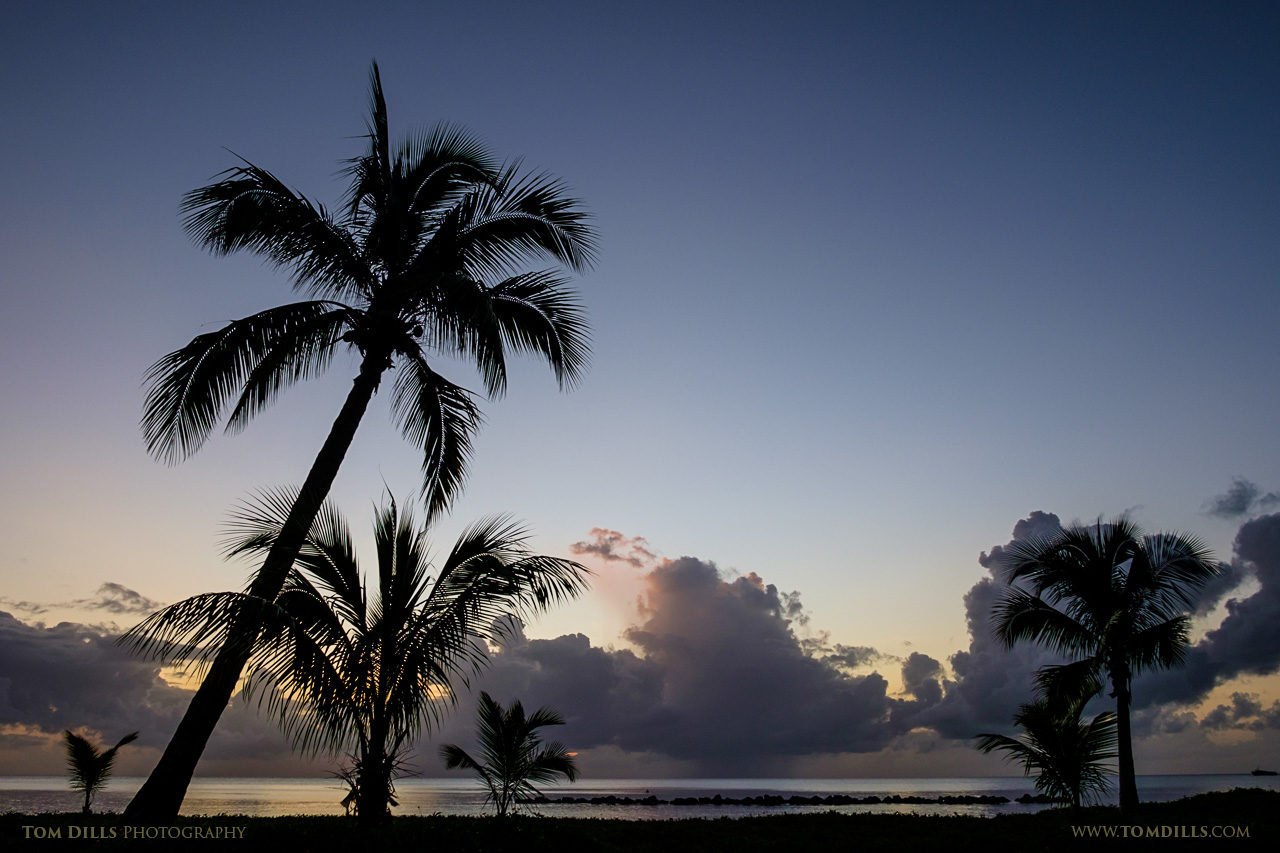
Kathy & I just returned from a week in Nevis, a Caribbean island that along with St. Kitts is part of the West Indies. This was our second visit there, after thoroughly enjoying a visit there last year. It is a small, quiet and friendly island, with great people, a number of nice restaurants and plenty of scenic views.
This is photo is one of a number of blog-worthy photos that I will share as I get them processed. In the meantime I wanted to get something posted to break my drought!
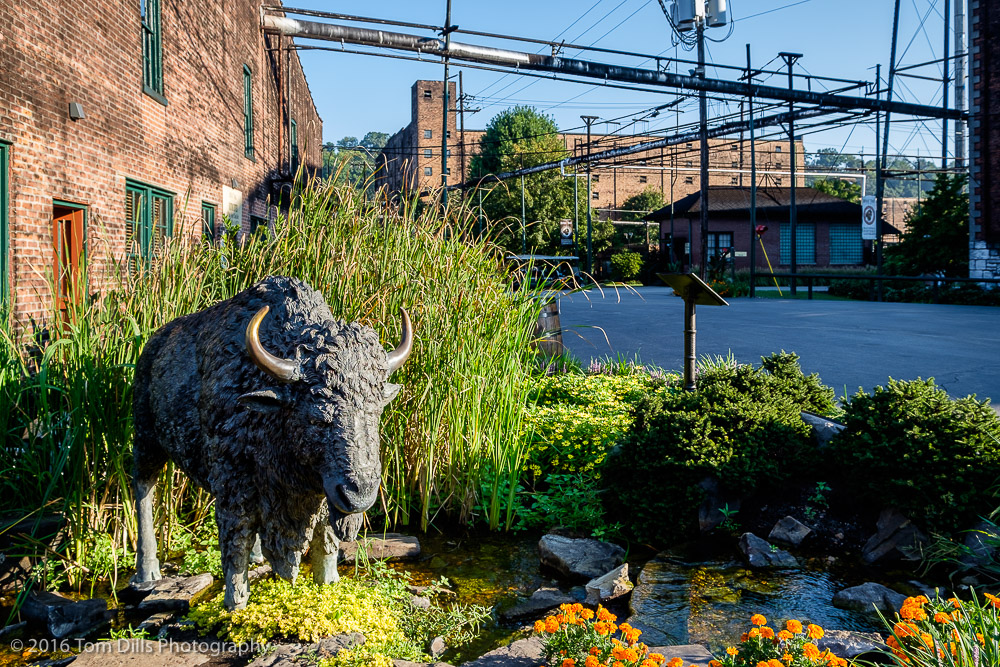
The most-looked-forward to distillery on our visit to Kentucky was Buffalo Trace. Not just because they make some darned good bourbon, but because based on the research I had done it looked like a very historic and photogenic location.
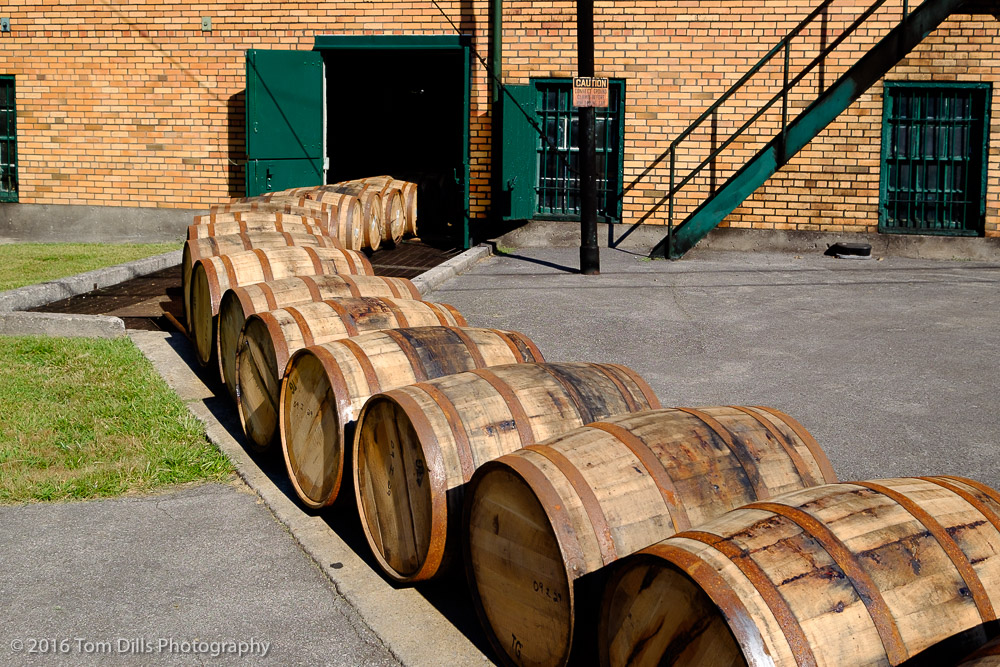
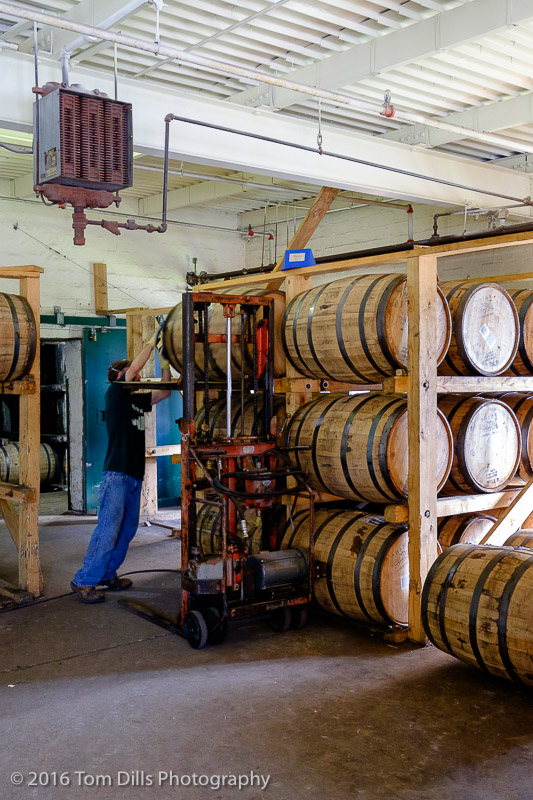
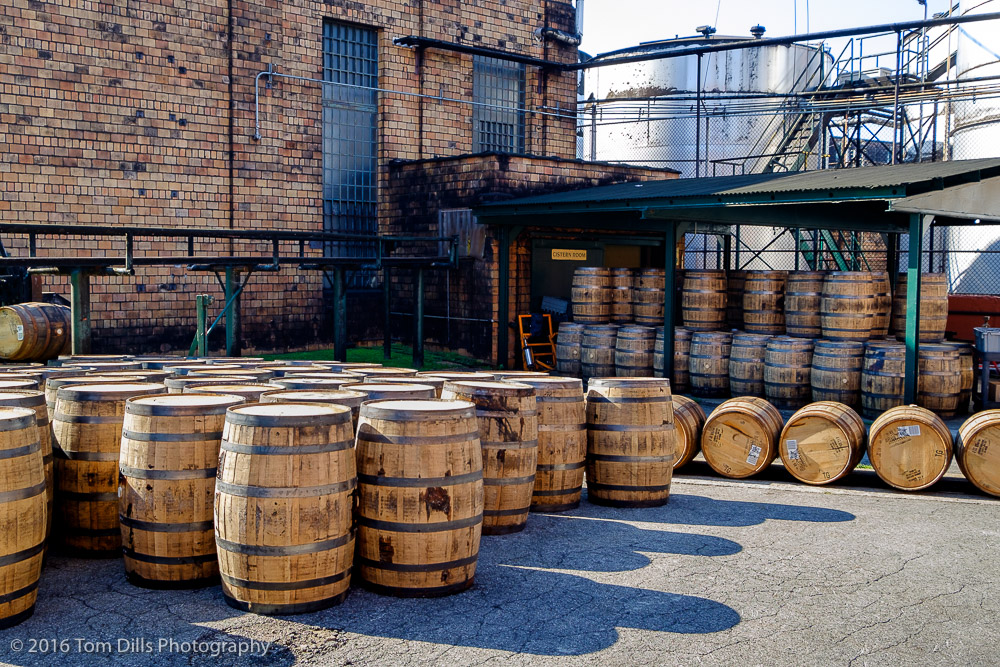
One of the things we found interesting about the distilleries is how open they are with their operations. I suppose there are few “secrets” in the industry, so the willingness to be open and welcoming is just part of the tradition. We booked three separate hour long tours at Buffalo Trace that took us behind the scenes from the point at which the corn was unloaded, through the barrel selection and preparation, filling, bottling and packing. When we showed up for the first tour, the guides wanted to be sure we were aware that we only got to taste once – at the end of the third tour! 😉 It made for a long morning, but since we didn’t taste between each one it was not hard to do because it was so interesting!
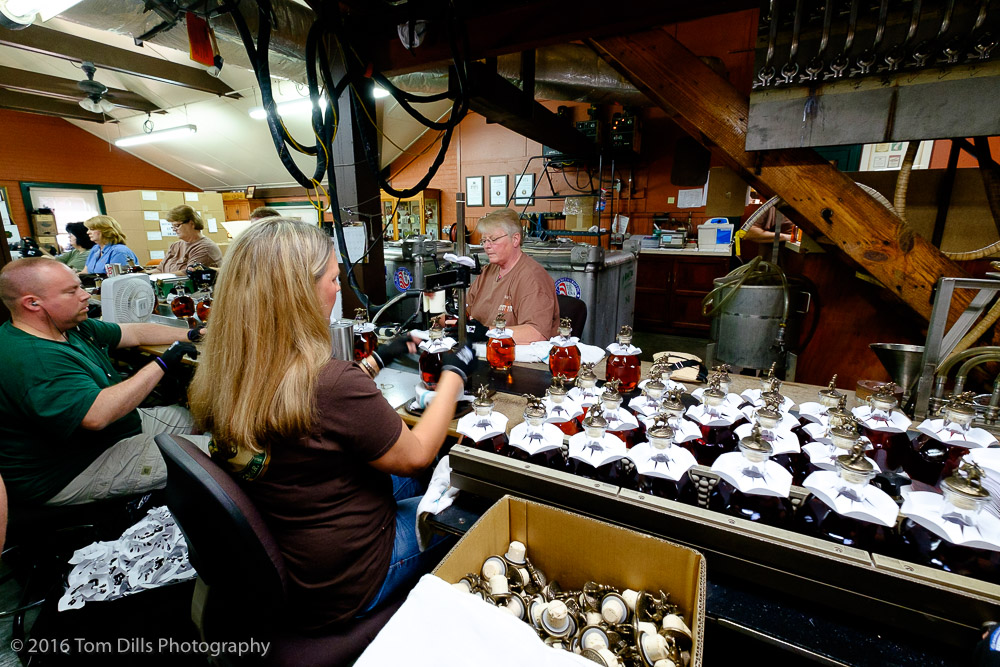
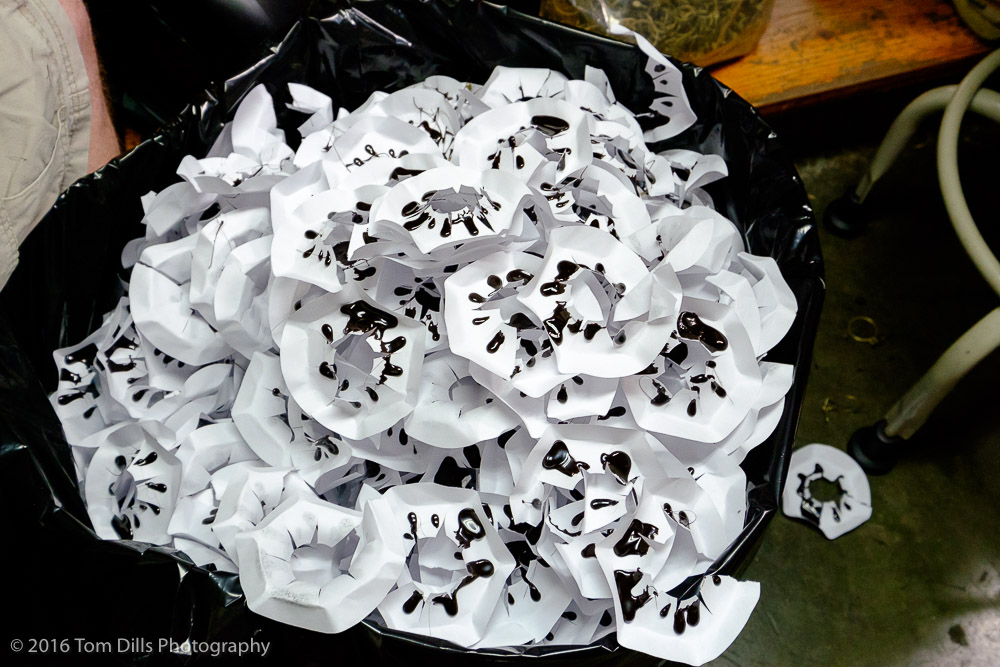

I mentioned in an earlier post that every distillery has it’s own “claim to fame,” and Buffalo Trace has theirs. According to Wikipedia, the company claims the distillery to be the oldest continuously operating distillery in the United States. Burks’ distillery, now used for production of Maker’s Mark, claims to be the oldest operating bourbon distillery. The difference is that Buffalo Trace’s predecessor was able to process bourbon throughout Prohibition, making whiskey for “medicinal purposes”. It’s all part of the friendly competition, and just a little bit of marketing. 😉
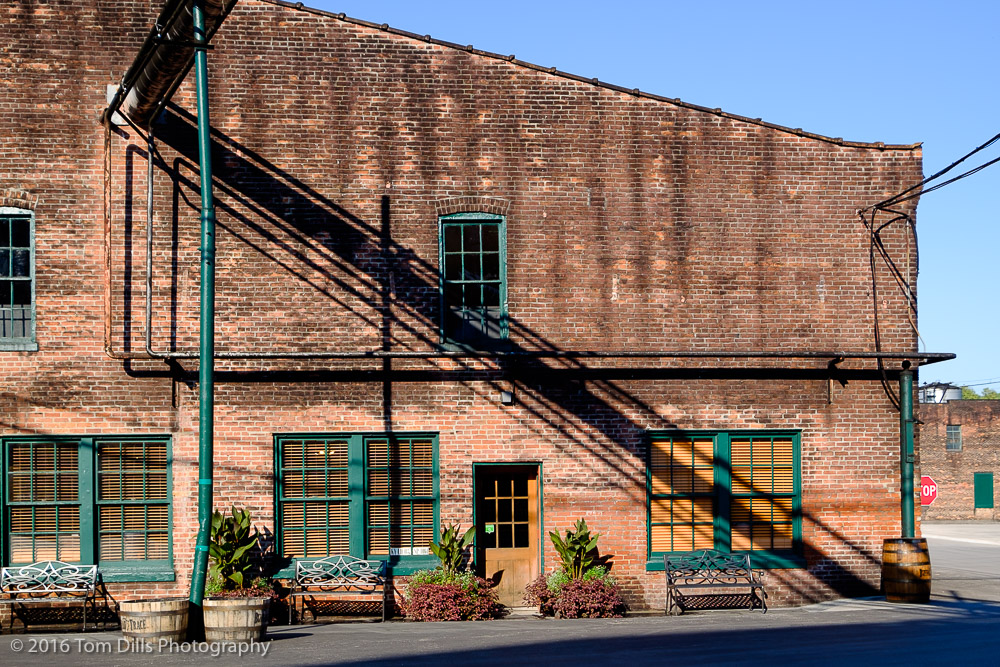
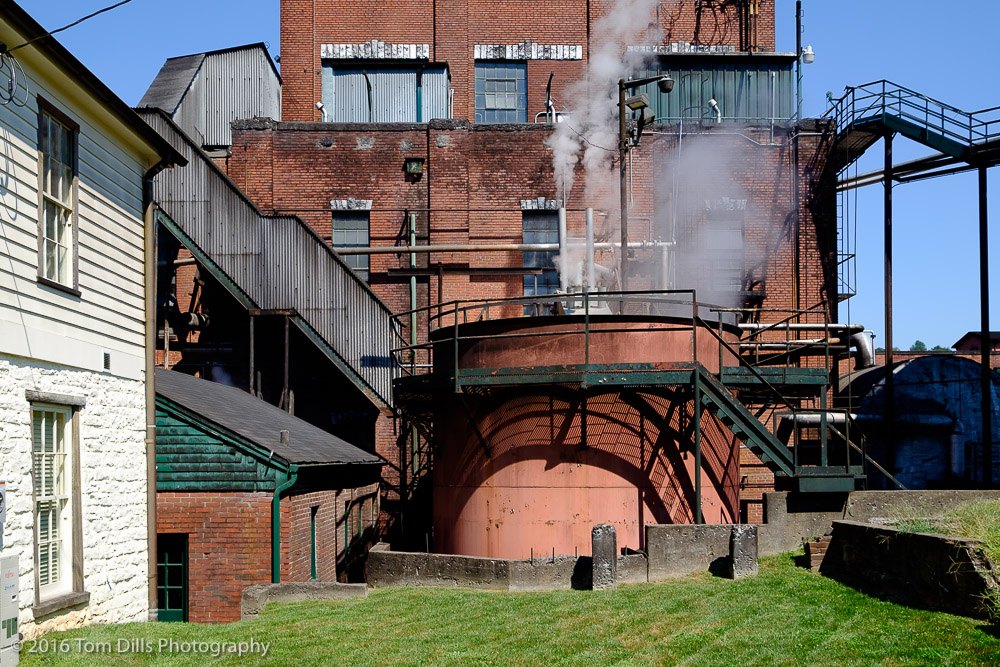
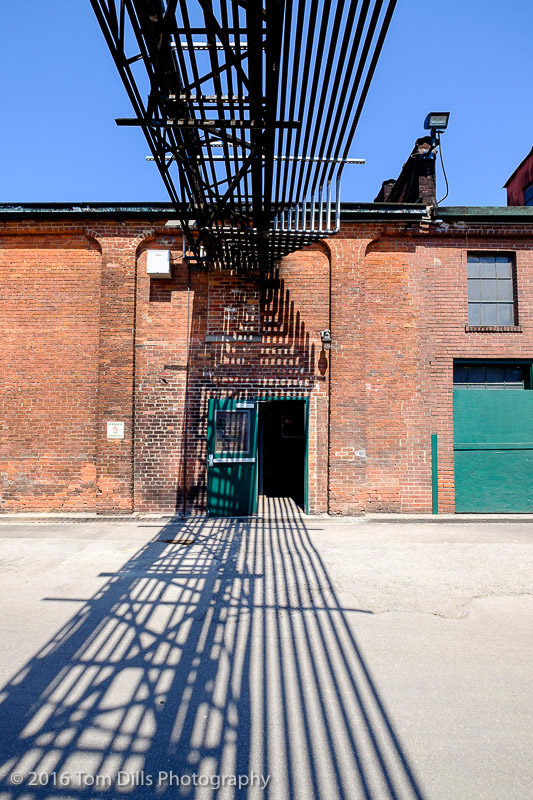
I feel like I got some very interesting photographs here, partly because we spent a lot more time here, but also because it was a very engaging facility and because it was in fact so photogenic. For me it was the highlight of the trip, along with the carload of “souvenirs” that we brought home!
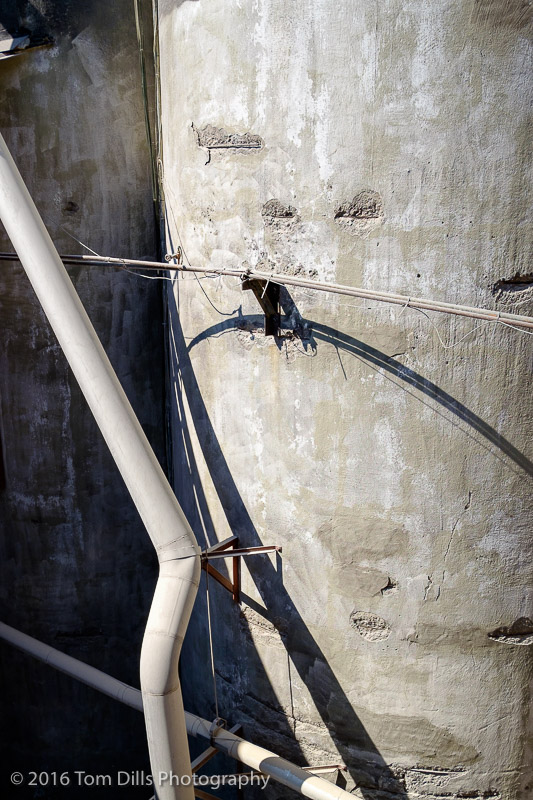
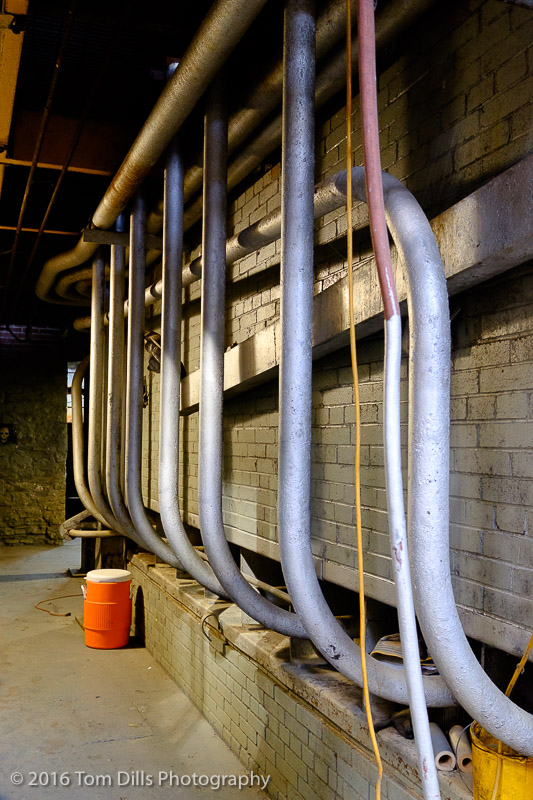
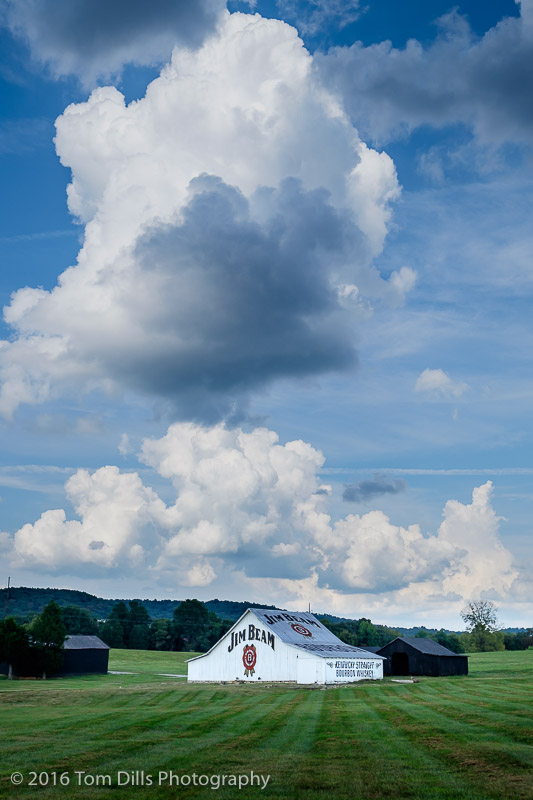
I’m finally getting back to looking at some of my photos from our visit to Kentucky in …. oops, September!? How did that happen? Our first stop was at the Jim Beam Distillery in Clermont, Kentucky.
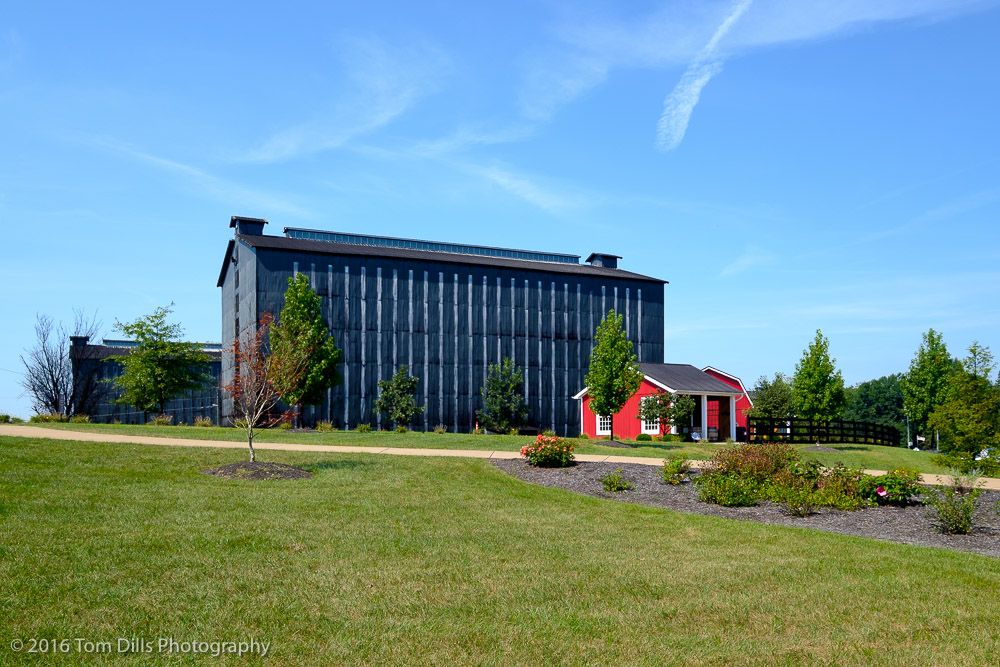
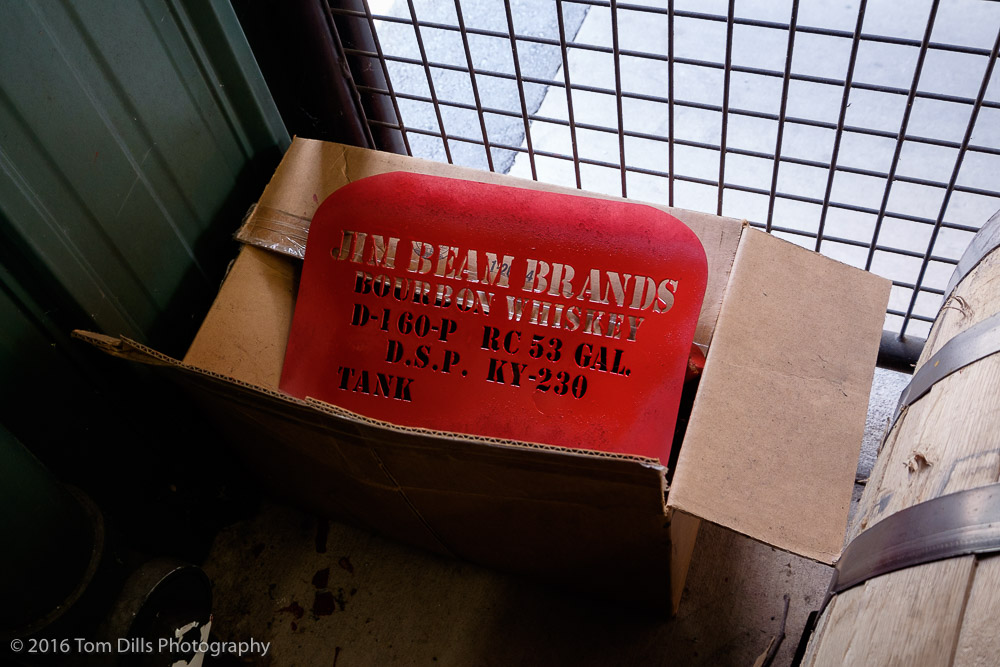
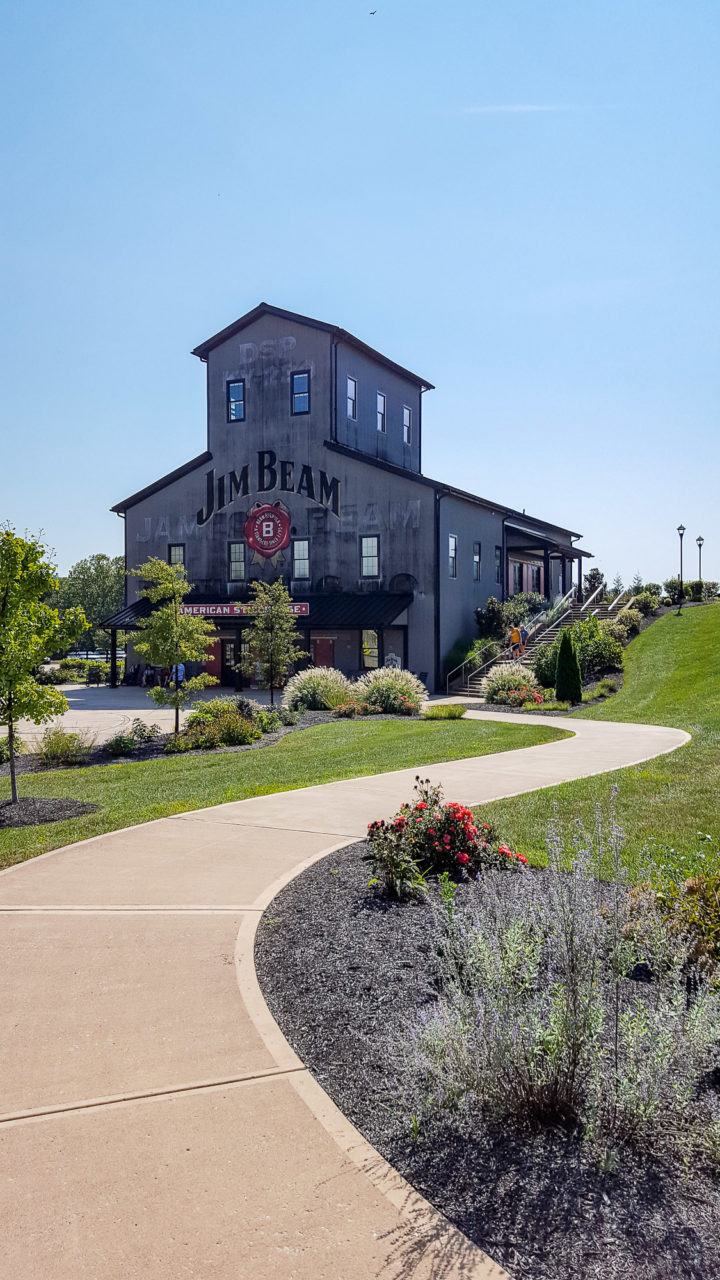
Every distillery seems to have their own “claim to fame” in terms of being first, longest, oldest, etc. But it’s hard to argue with a company that can say “Jim Beam is the World’s No. 1 Bourbon.” And you would be hard pressed to find a distillery in Kentucky that doesn’t trace it’s history back the Beam family line in some way. In fact many and perhaps most of the Master Distillers at Kentucky distilleries today either have the last name of Beam or are somehow descended from the family.
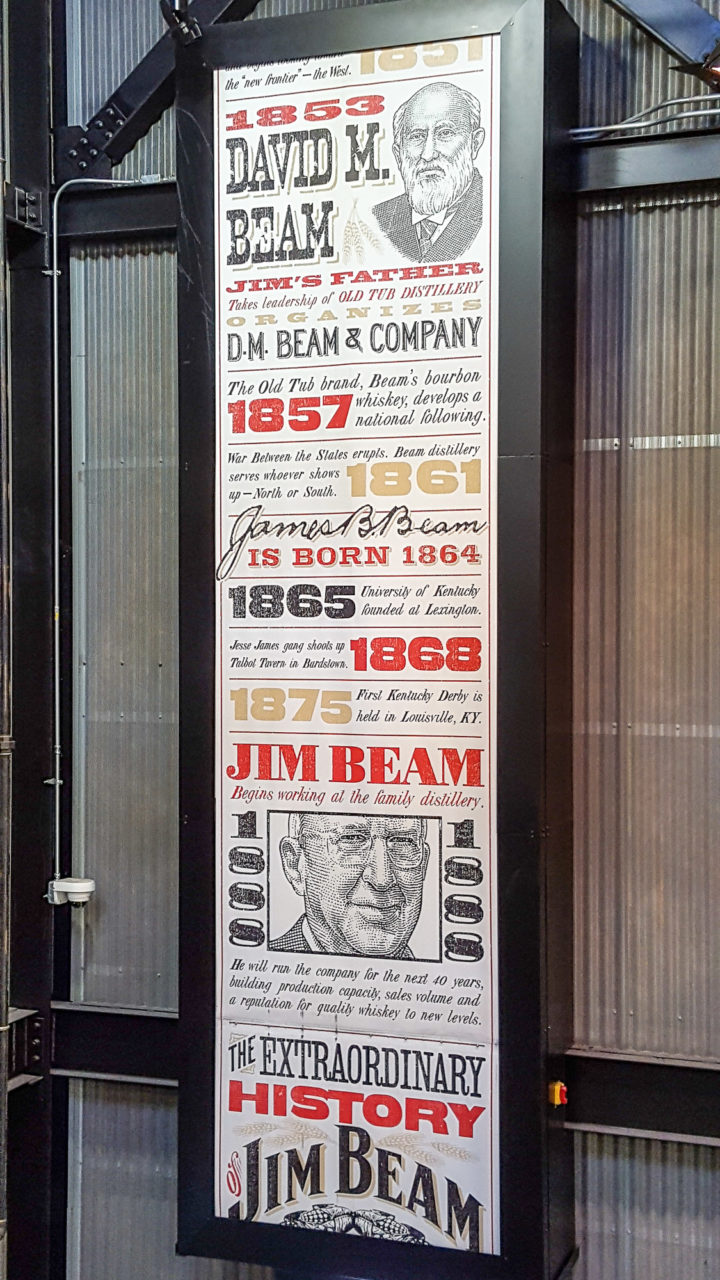
For many people, Jim Beam is synonymous with Bourbon. In fact, that’s what we drank almost exclusively until we started exploring other brands. Like anything, there are lots of choices, but ultimately it comes down to preference and choice.
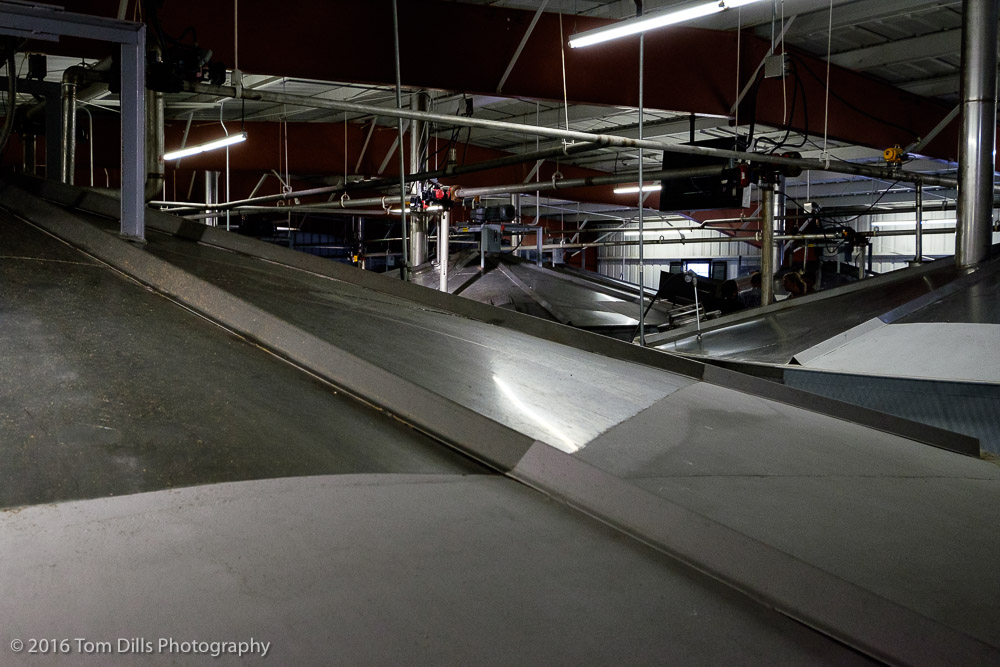
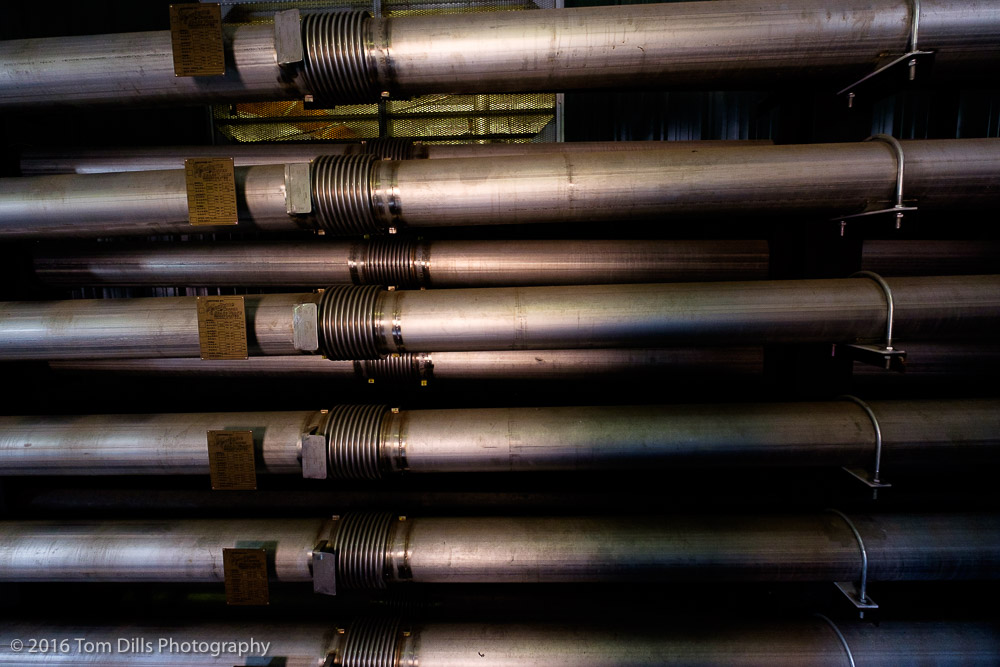
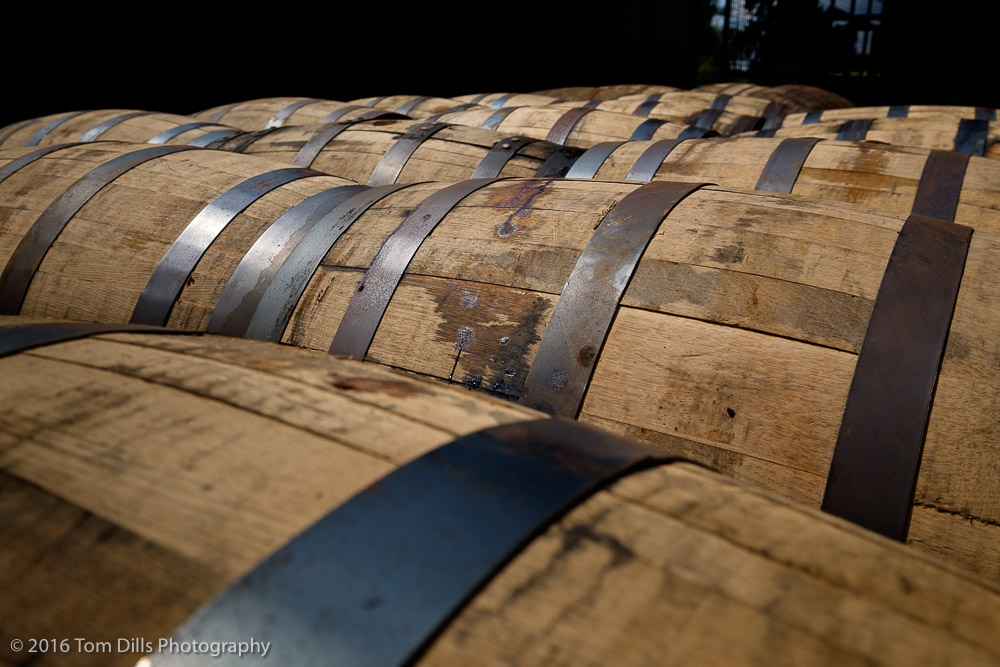
When we last visited about 10 years ago, Bourbon had not become mainstream like it is today, and the visitor areas consisted on a small tasting room and gift shop. Today, the company has built a huge gift shop, tasting room and museum and is very user friendly. The tours are let by very knowledgeable guides, and very little is “off limits.” Photos are encouraged and welcome, which is a refreshing change from some of the places we visit.
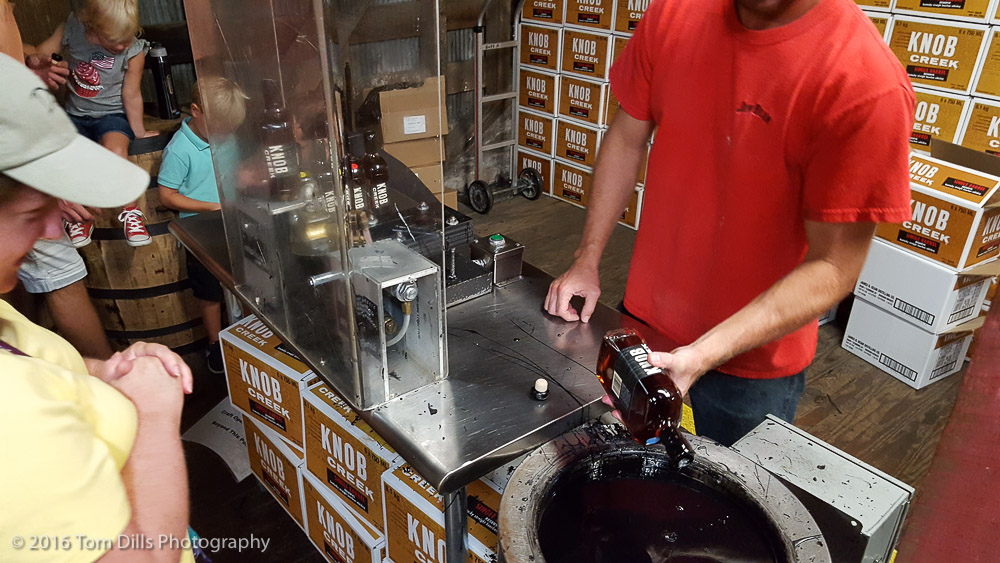
I didn’t end up taking many “artsy” photos, but between my phone and my camera I did end up with quite a collection. These are just a few of my “blog-worthy” photos.
For anyone interested in Bourbon and just a nice, friendly old fashioned place to visit, you can’t get much better than Jim Beam!
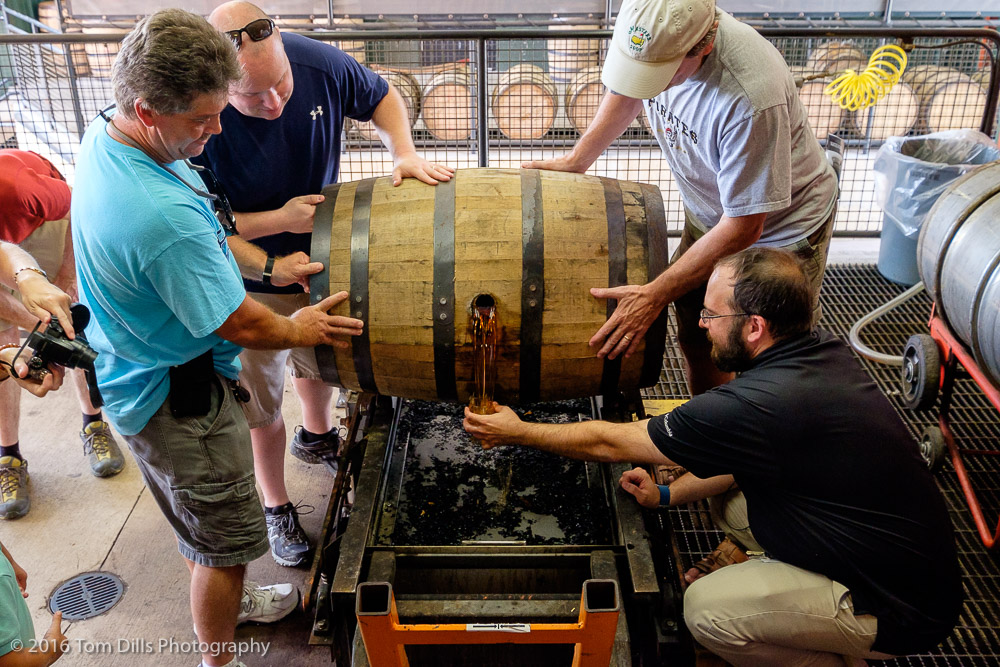
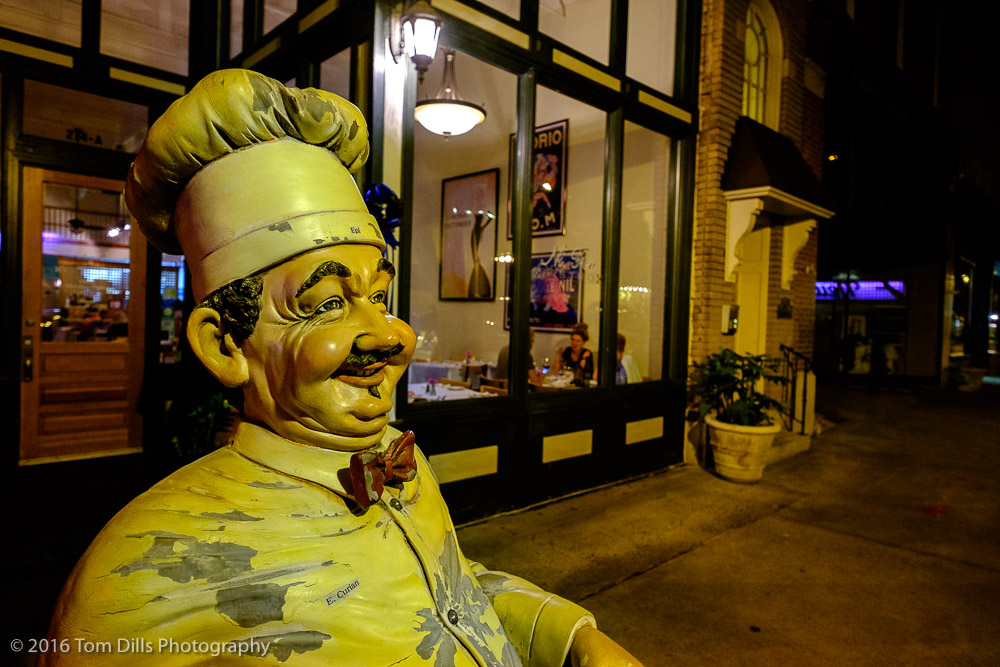
Shelby, NC is a town about an hour or so west of Charlotte along I-85. While I knew a little bit about the town and it’s history, I’m a little embarrassed to admit that in all the time we’ve lived here I mostly regarded Shelby as someplace to get through on the way to or from the mountains.
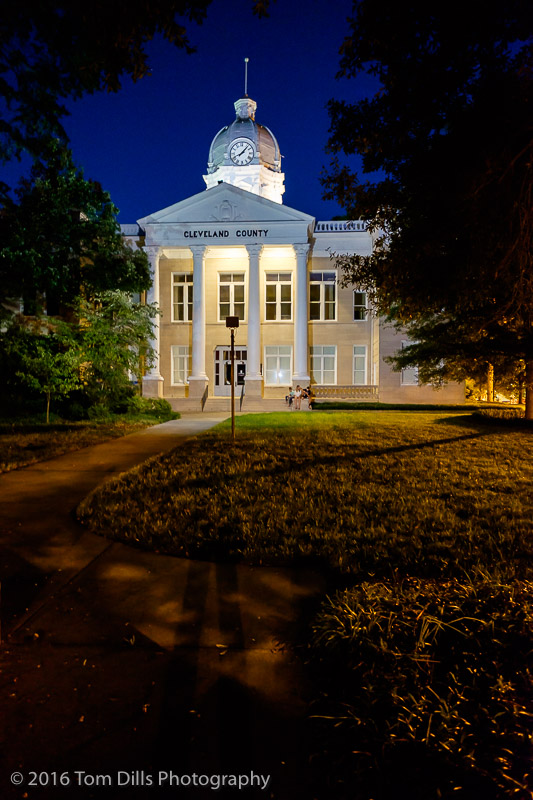
Friends of ours recently moved to Shelby, and we spent a recent afternoon and evening walking around downtown, having dinner and listening to some live music. The downtown area is a far cry from the Shelby I previously knew, and as the county seat for Cleveland County is quite a bustling place.
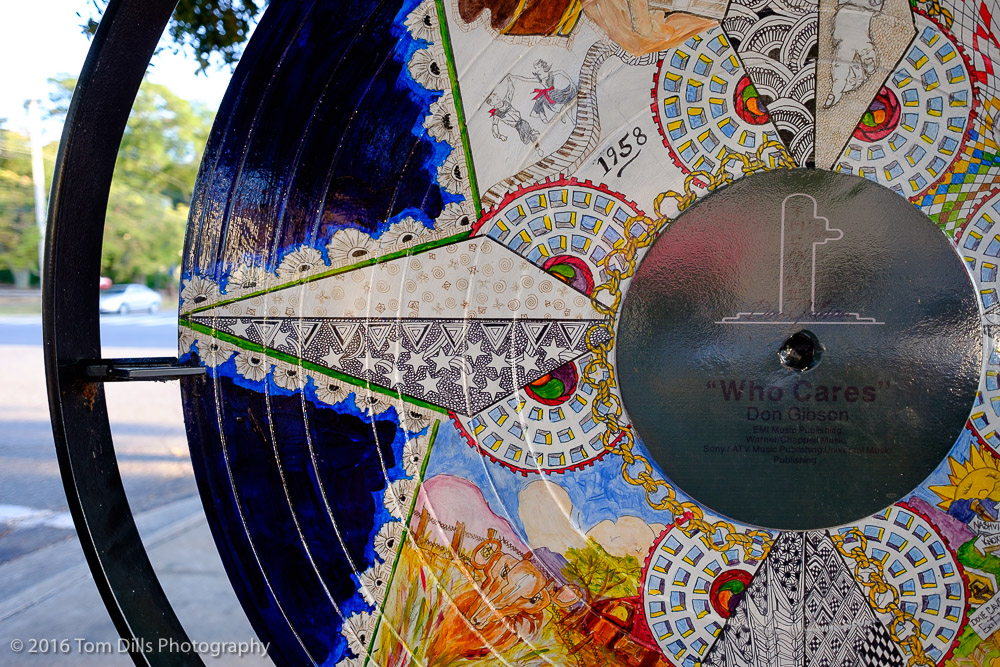
Shelby is the birthplace of a number of famous people, including country songwriter Don Gibson, legendary banjo player Earl Scruggs, and country music singer Patty Loveless. Throughout town are a number of statues in the form of record albums that commemorate a number of Gibson’s more famous creations.
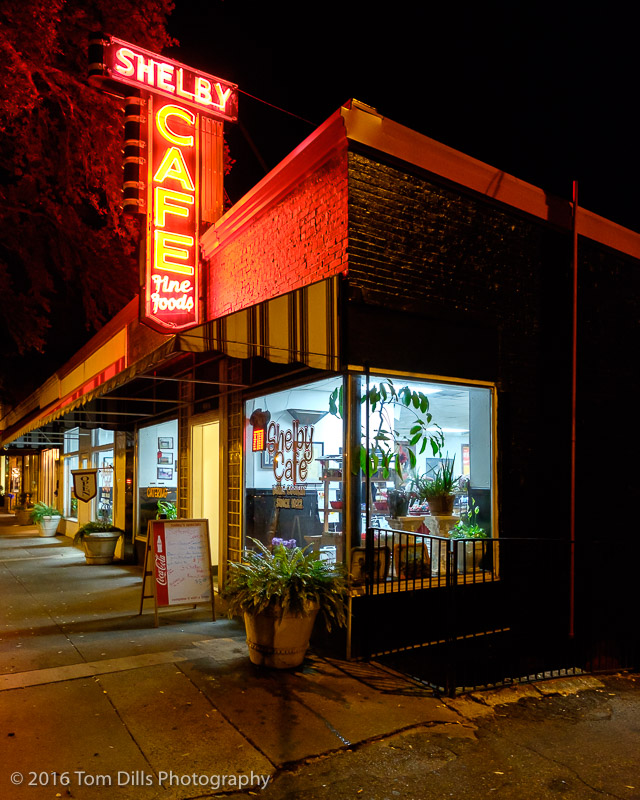
No small town would be complete without a number of interesting restaurants. We only tried one, but plan to return often to try some more.
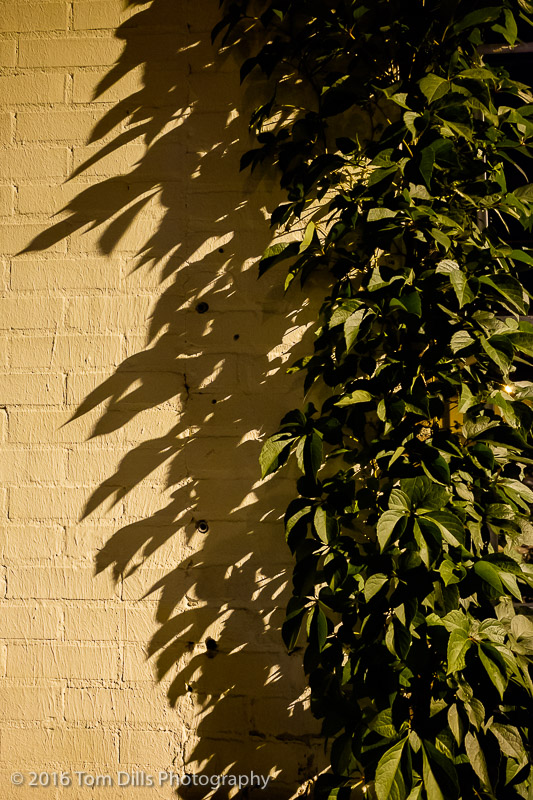
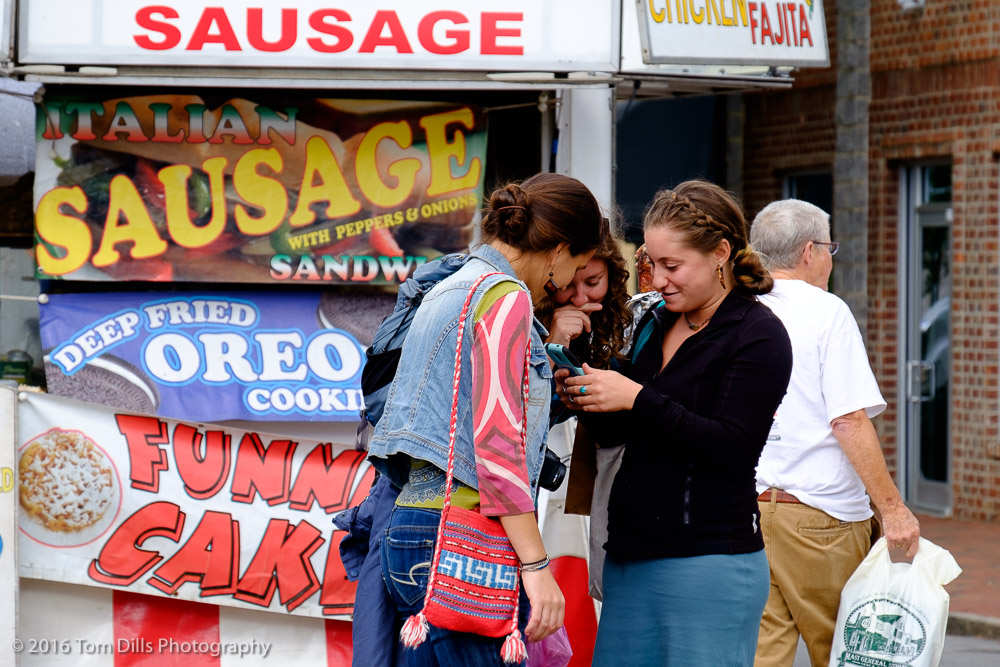
“A government ought to contain in itself every power requisite to the full accomplishment of the objects committed to its care, and to the complete execution of the trusts for which it is responsible, free from every other control but a regard to the public good and to the sense of the people.”
Alexander Hamilton, Federalist No. 31, January 1, 1788
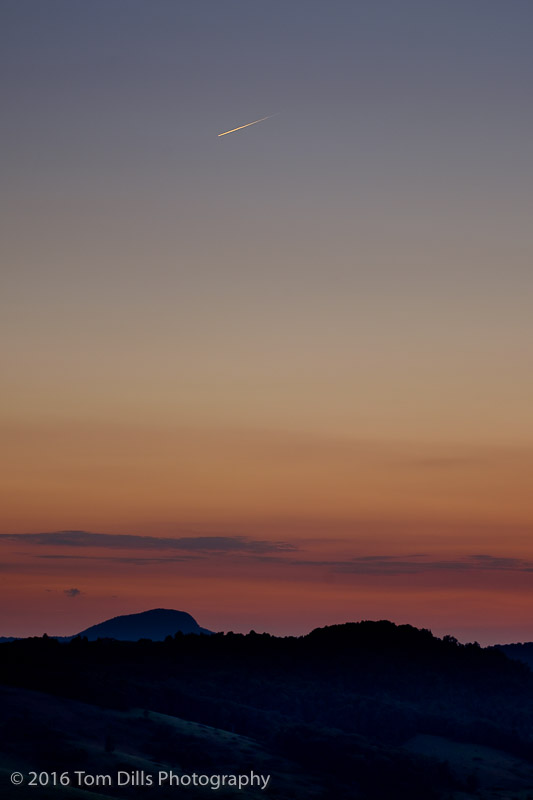
This past weekend, Kathy & I paid a long-overdue visit to one of our favorite day-trip destinations, Chateau Morrisette on the Blue Ridge Parkway in southern Virginia. Those who know us well understand that most of our favorite destinations involve something to do with food and wine. Chateau Morrisette is one of the largest wineries in Virginia, and also happens to operate an award-winning, AAA Four-Diamond restaurant. Chateau Morrisette has both food and wine!
Our timing worked out that we were able to have a nice dinner, proceed to one of my favorite sunset destinations for photography, and return to the restaurant for dessert before starting the drive home. How hard is that?
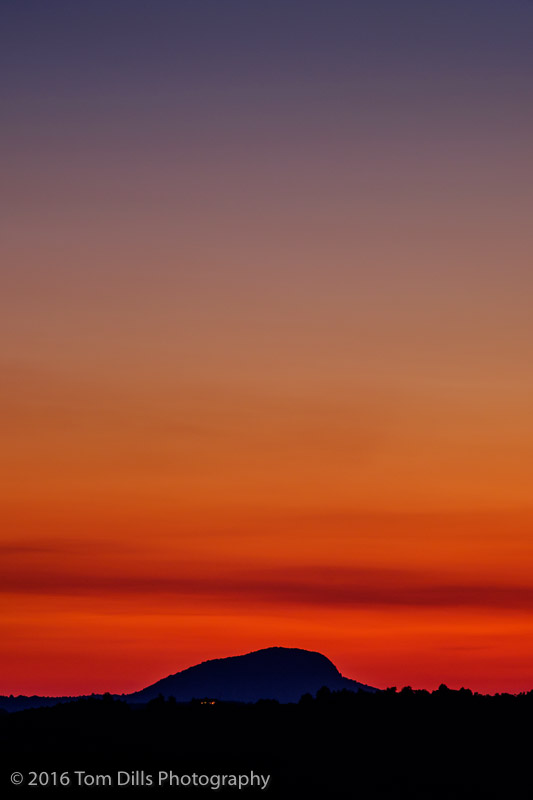
The Saddle Overlook is a few miles north of the winery in an area called Rocky Knob, and is so named because the “saddle” is a low area between the two peaks of Rocky Knob. It has both easterly and westerly views, so depending on the time of day there are frequently interesting things to photograph. Most of my time there has been spent at sunset. The west view has an interesting panorama of the valley and Buffalo Mountain in the distance, but as with most sunset locations it is most interesting when conditions result in a nice sky.
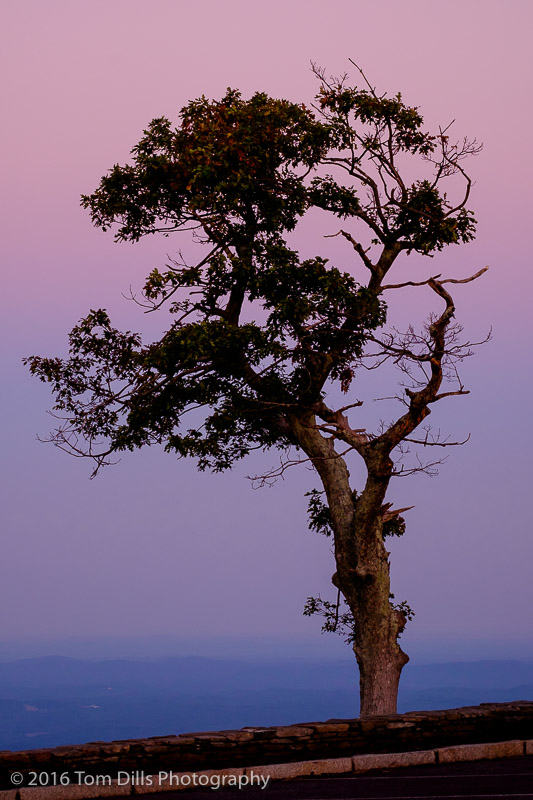
When we first arrived at the parking area there were a few cars, mostly families returning from an earlier hike and a few people just hanging out in their cars. No obvious overload of photographers like some of the more popular spots in North Carolina. Not too much was happening in the sky, and with a general absence of clouds I knew that the best photographs would likely come after the sun had set.
The parking lot has a really nice view, so it is possible to just sit in the car and watch the sun go down. And I could have simply set my camera up in front of the car so I didn’t have to go far. But preferring to work alone and having been at this place before, I have a favorite spot down the hill and off to the side so I can get out of the way of the “tourists” and generally avoid the chatter that inevitably happens when the “drive-by cell phone photographers” start filtering in right at sunset.
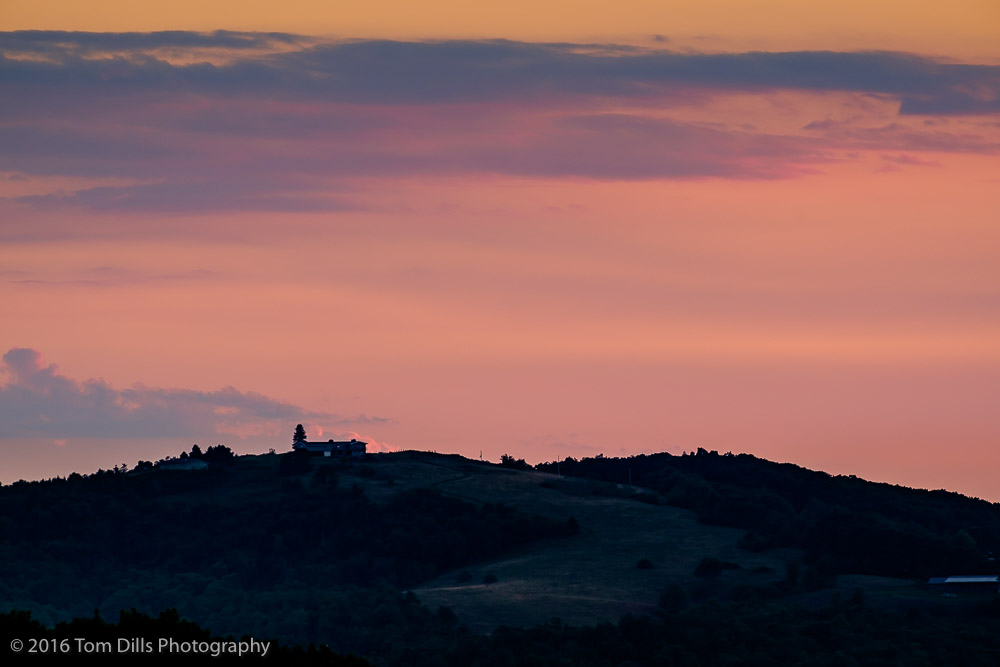
Things happened pretty much as expected, and as soon as the ball of the sun sunk below the horizon, the engines started firing up, car doors slammed and in 5 minutes the place was practically deserted. Figuring that it was probably safe to retreat to a spot closer to the car before it was too dark to see, I gathered my gear and headed back up the hill toward the car to complete my evening’s work. I set up my tripod again and framed up a few more shots.
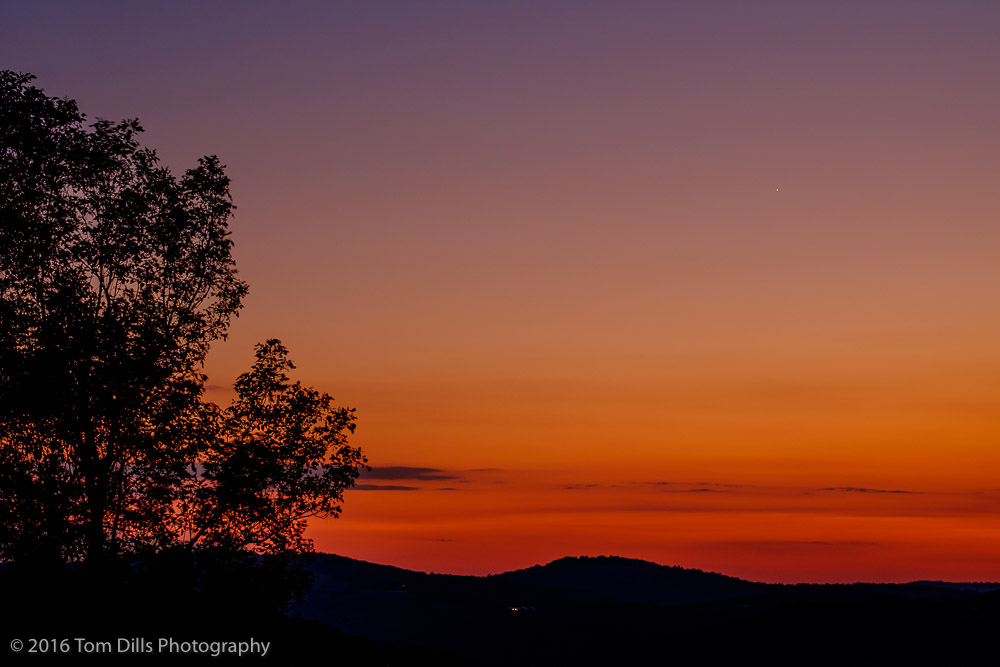
Pretty soon I hear a couple of guys behind me that were looking at the image on my LCD and commenting on the great color I was getting. One guy walked over and started asking me questions and repeated his comment about the nice color I was getting, and I explained that even though it was dark, there was a lot of color in the sky until well after the sun goes down, but that most people miss it because the best color often happens after most people have packed up and left. That they think the sun crossing the horizon is the “main event.” He seemed surprised to hear that but agreed that based on what he saw on my screen it must be true. Seeing is believing! With that, his buddy announced that it was time to go, and he ambled off with a “nice talking to you” and was gone.
I never mind chatting photography with an interested observer. I probably didn’t make a convert, but hopefully I spread a little knowledge. It interests me though the most people just don’t take the time to look, or to think about the things that we photography nuts take for granted.
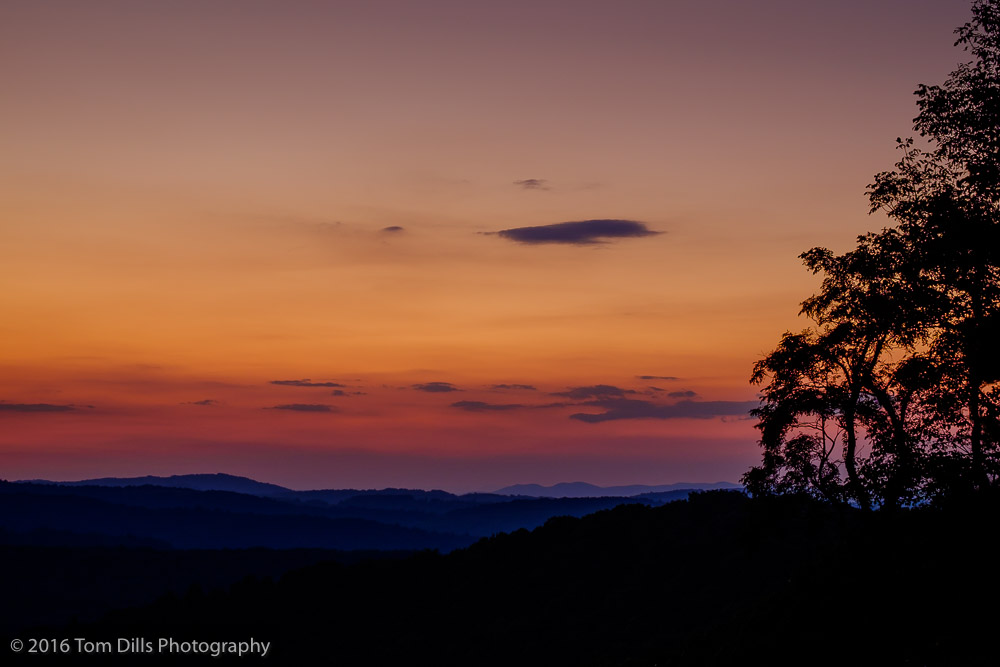
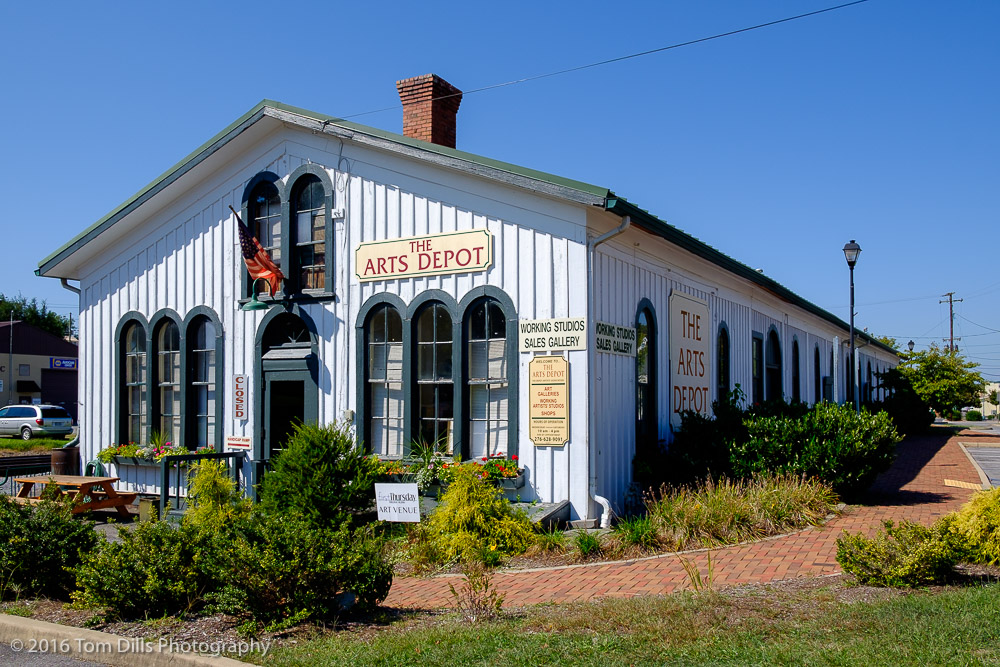
We made a quick stop in Abingdon, VA on the way from Bristol to Bardstown, KY. I’m pretty sure I have been in Abingdon at one time or another, but we wanted to check the place out for a potential long weekend visit.
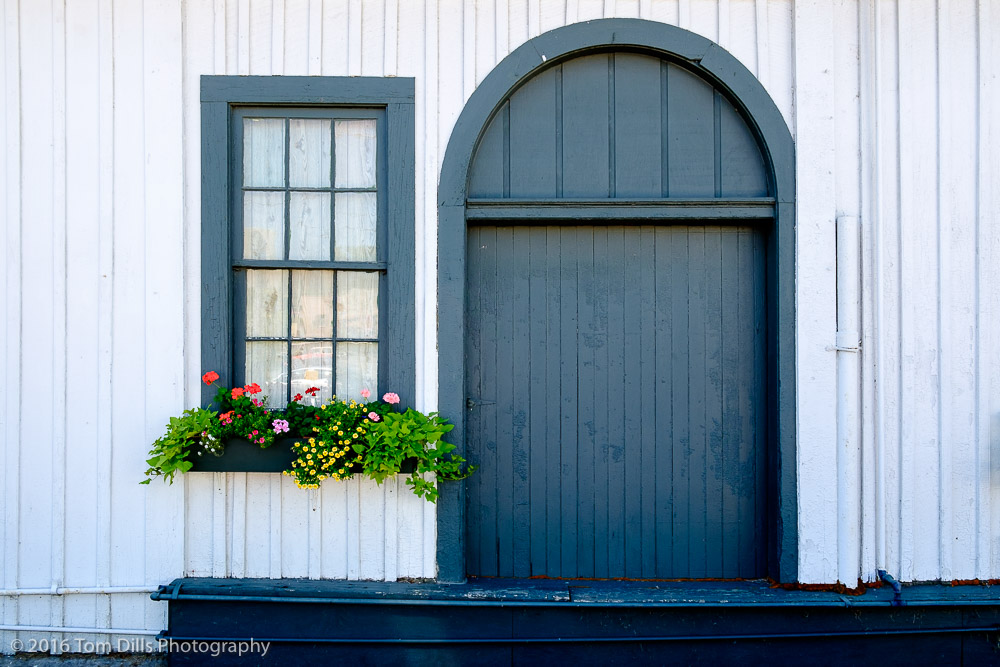
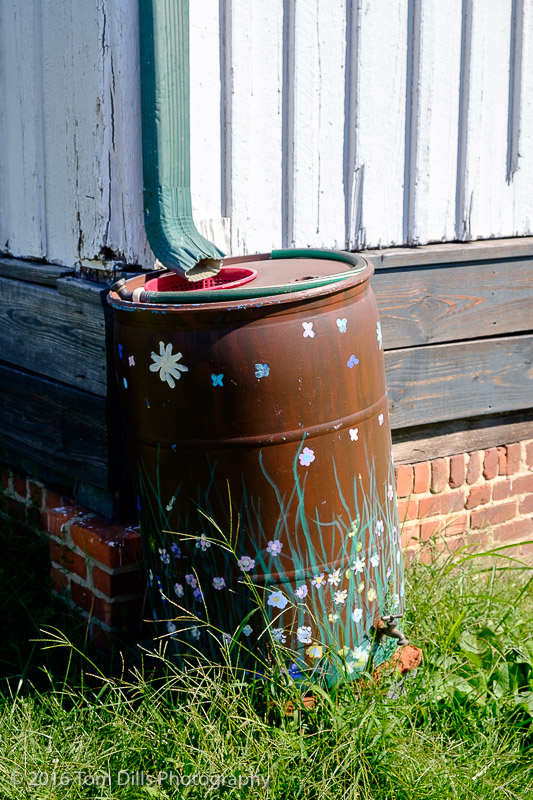

Of course because there is a train station there – actually two, a freight depot and passenger depot – it gave me a good excuse to stop for a few photos.
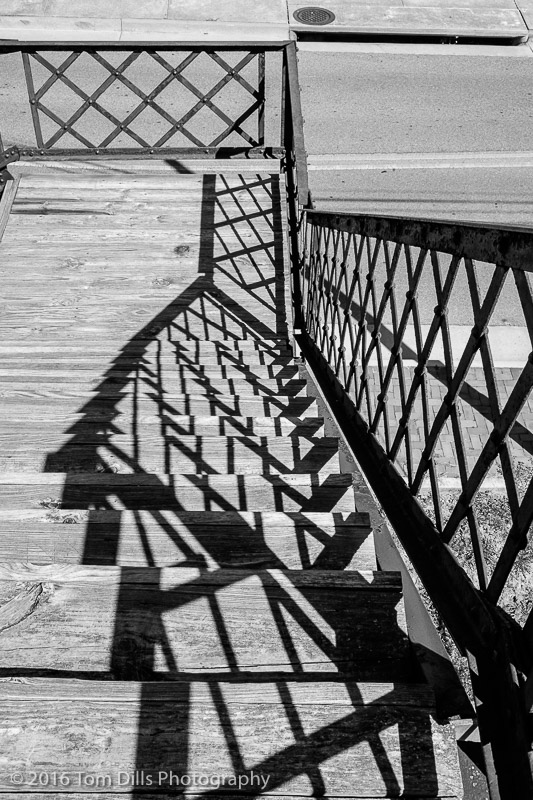
According to my metadata we were stopped for less than an hour, so our stop is hardly representative of what there is to see and do there. Abingdon has a large arts community and is known as being the home of the Barter Theatre and the Virginia Creeper Trail, and the Appalachian Trail passes close to Abingdon.
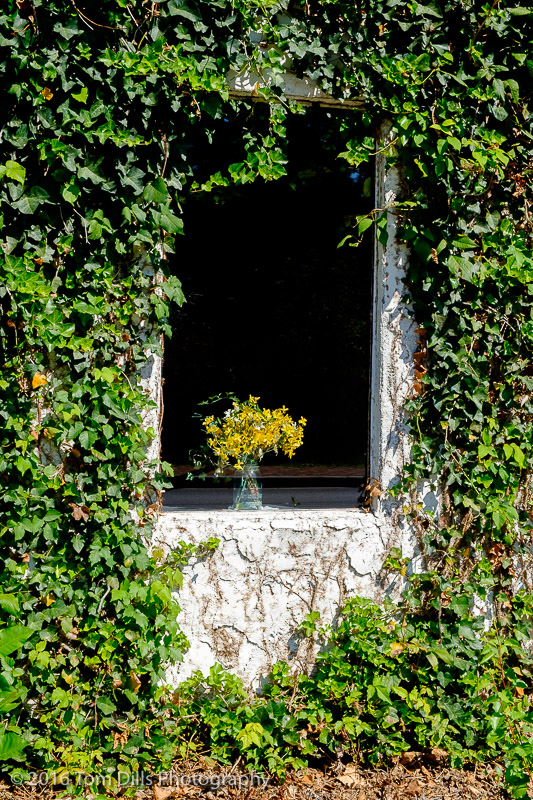
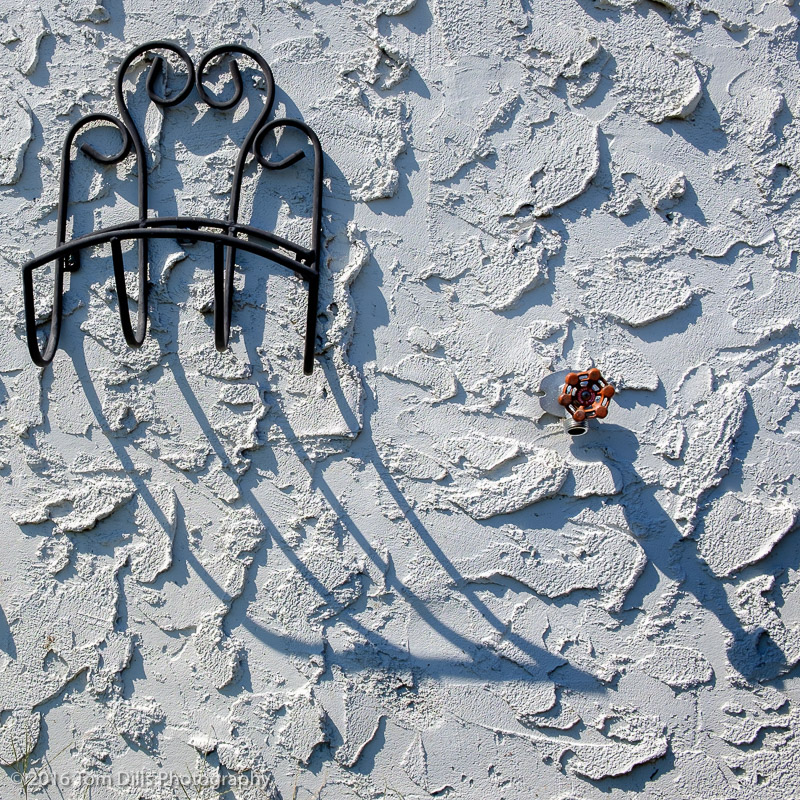
Abingdon is about 3 hours by car, at least the way most people would go, but about 4-5 hours for those who like to take the scenic route. Definitely close enough for a weekend or even an overnight visit. We’ve got it on the list for a return!
